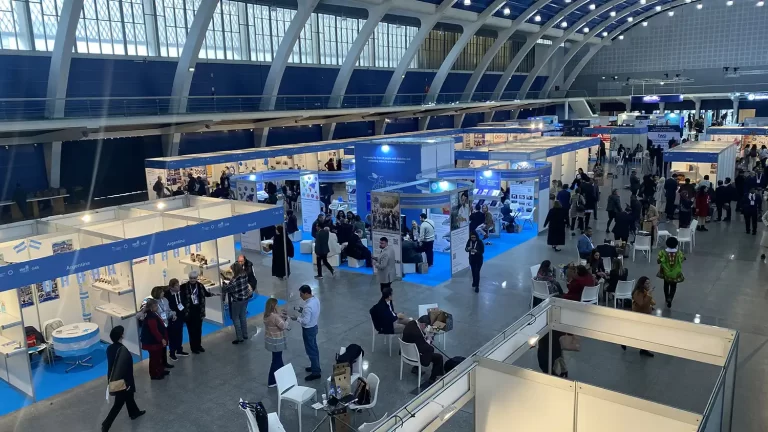By Nicole Walker
Now this is what you folk have all been waiting for. It just SUCKS when you are a person whose BGLs rise with exercise without fail. All you want to do is exercise but the only advice you can find is to eat carbs and lower your insulin which just makes your problems so much worse! I have heard this so many times from frustrated clients and it is really hard to hear. You have gone to the effort of looking up what to do, you desperately want to get into a healthy exercise routine but the advice you need just isn’t easily available out there.
I will say it is less well documented compared to for those whose BGLs drop, but there are still plenty of useful tools we can store in our Diabetes Toolkit to use.
The impact of stress hormones
BGLs rise with exercise due to stress hormones such as cortisol, glucagon, growth hormone and adrenaline releasing stored glucose called Glycogen from the Liver. I am not saying you always feel stressed with exercising but our body sometimes needs these hormones to prepare and be able to exercise. It is most noticeable for times such as;
- High intensity exercise
- Resistance or weights exercise
- If we are nervous before, or there is high stakes during the competition or exercise eg: a final footy game or rock climbing for the first time
- Interval training
For some people it is with ANY exercise!
How do we deal with high BGLs before exercise?
Let’s say we have an important race or competition coming up. You have worked out how to deal with your BGLs and diabetes during training but today is different, you are nervous. All of a sudden, your BGLs are sky high, making that ideal 7-10mmol/L target seem IMPOSSIBLE! Yes, this sucks and it is hard to practice with. You need to have practice races for this. But even then, your heart and head need to be in a situation that mimics race or game day or you won’t get nervous for a “practice round”. If you know it happens then here is what you can do:
- Have a meal with insulin prior to the event and dose normally for it. If you drop as soon as you start exercising you can start eating ExCarbs immediately prior to the start and during to keep your BGLs up during the race once the start line nerves have subsided.
- Practicing calming strategies such as meditation or visualisation prior to the race, work on reducing the stress and nerves in the first place.
- Do a good warm up. Remember slow steady exercise generally reduces your BGLs.
- Consider needing to take a correction before exercise. This one is a very careful move because of the risk of it all catching up to a hypo later during exercise. But if you tend to get nervous AND have high BGLs during exercise then you are likely to tolerate a correction. Start with a half correction (50% of what you would normally take for a high BGL) then progress to a full correction if you need it.
How do we deal with high BGLs during exercise?
You can go into exercise at your target BGL but then as soon as you begin the skyrocketing BGLs begin. This is also super annoying during exercise because you will start to get thirsty, need to wee all the time, you might have less energy, feel tired faster, have problems with cramping and overall we know that people with diabetes perform best with a BGL between 7-10mmol/L.
What you can try:
- Don’t bother reducing your insulin at the meal before exercise! Take the full meal and correction dose
- You might need to increase your meal insulin dose 10-20% (or more!) for the meal prior to exercise or if you are exercising on an empty stomach, give a dose of insulin preparing for the expected rise in BGLs
- Consider starting exercise at a lower target range eg: 5-8mmol/L knowing you will go up
For those on injections
If you exercise on an empty stomach you might need to take insulin (without carbs!) before exercise. Remember the timing. Rapid insulin takes about 15-30mins to work (depending on the type) and peaks at 2hrs. You don’t want to hypo beforehand so you cannot take it too early, but you do want the insulin to be working while you are exercising. Therefore, it is best to take it the same time before exercise as you would a food dose of that insulin. Eg: Novorapid 15-20mins before and Fiasp immediately before.
If you are on a pump
Use the temp basal feature rather than a correction without food. Increase your basal rate by 10-20% (or more) for at least 30 minutes prior to the exercise starting (you might be able to increase earlier to time it better and without hypo-ing before exercise starts).
How do we deal with high BGLs after exercise?
Now this one is less straight forward. Remember how I said that even if you have these problems with high BGLs due to stress hormones, your body will STILL HAVE the GLUT4 suckers and depletion of muscle glycogen. Therefore, your body will try and replenish the muscle glycogen at some point. So often you guys will have a double whammy to deal with. You might have high BGLs during exercise then low BGLs later. And the low BGLs might be 30 minutes later or 3 hours later it is really individual. Often once we chill out after exercise, the stress hormones will reduce too. Or we go home and shower and the heat of the shower combines with the reduced hormones means our BGLs can crash incredibly fast after exercise. So, it is important to prepare for this also!
High BGLs with exercise and ongoing High BGLs in the few hours after exercise:
- Take a normal meal dose in the FIRST meal after exercise and consider a dose for a snack.
- Take a full CORRECTION dose
- Include carbs and protein in a recovery snack or meal so the GLUT4 suckers can stock the muscle glycogen back up again.
- Consider reducing your meal insulin by 20-50% for the SECOND meal after exercise. Eg: Exercise in the morning before lunch. Take normal lunch dose but reduce your dinner dose. This will prevent the delayed effect if you experience it later.
- Consider a warm down, light cardio or some stretching/yoga at the end of your work out to help reduce the BGLs and stress hormones after exercise
- Train in the afternoon when you are more sensitive to insulin. Just watch for post-exercise hypoglycaemia risk overnight. Consider training at night and then reducing your background overnight.
If you are on injections
Consider adding 10-20% (or more) to your meal after exercise.
If you are on a pump
Maintain your 10-20% (or more) INCREASED temp basal for 2-4 hrs after exercise, then you might need to do another temp basal from 4hrs with a 10-50% DECREASED rate for up to 12hrs or more.
High BGLs with exercise and then low BGLs shortly after exercise
- You might need to put into place some of the during exercise methods. But for you it is PARTICULARLY important to put into place these methods immediately following exercise.
- Have a post-exercise snack containing carbs and protein immediately after exercise without insulin.
- Take 20-50% REDUCED Meal insulin for the meal (or two) after exercise
- Train in the morning to not make overnight hypo risk worse. If you do hypo – here’s a reminder on how to treat it
If on injections
Consider taking 10-20% LESS background insulin that night (if you take it at night). AND/OR have a “free” low GI bedtime snack without insulin eg: yoghurt, glass of milk, toast with peanut butter.
If on a pump
You might have needed an increased temp basal during exercise but promptly REDUCE it again after exercise by 10-50% for 2-4 hours and consider a smaller 10-20% for 12hrs after. Longer duration of temp basal and a greater reduction of insulin may be needed!
Remember, exercise itself is variable!
Remember, exercise itself is so variable and we are all individual human bodies that will respond differently. There is no one-size-fits all between people with diabetes. And there is not even a one-size-fits all for one person, there are many day to day factors that will affect your best plan. It is good to read up on what you can do, pick a starting point and just try and try again! But the most important thing – don’t be too hard on yourself because perfection doesn’t exist. Your BGLs will get more stable over time with practice and when you start to get fitter! Just keep safe, keep exercising and enjoy! Here are some cool groups to get you motivated: Typeonerun, Beat-It and JDRF walk. Get in touch with YOUR Dietitian, Sports Dietitian, Diabetes Educator, Endocrinologist or Exercise Physiologist if you need more help getting started.



